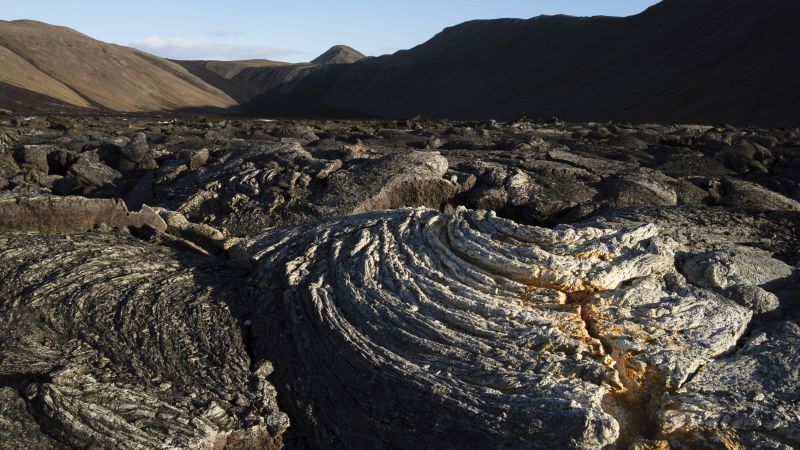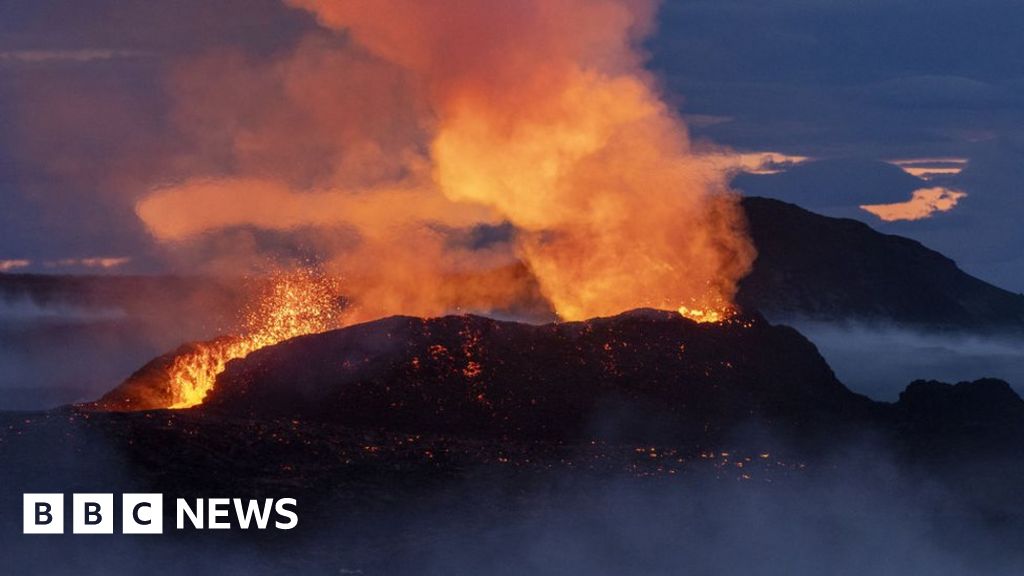Iceland has declared a state of emergency following a series of earthquakes that have struck the southwestern Reykjanes peninsula. The seismic activity, centered around the Fagradalsfjall volcano, has potential volcanic eruption, prompting authorities to issue evacuation orders for the town of Grindavík.

Also Read: Attenborough Echidna Believed Extinct Rediscovered in Indonesia
The Icelandic Met Office reported a number of earthquakes, with around 1,400 recorded in the 24 hours between Wednesday and Thursday, and an additional 800 in the first 14 hours of Friday.
The intensity of these tremors have led to the closure of the iconic Blue Lagoon landmark, as a safety precaution.
Authorities are closely monitoring the situation, expressing concerns that large amounts of magma may be spreading underground, increasing the risk of a volcanic eruption.
The National Police Chief declared a state of emergency for civil defense, addressing the need for preparedness given the intense earthquake activity in the Sundhnjukagigar region, north of Grindavik.
Evacuation orders were issued for Grindavík, a town of around 4,000 people, as the Icelandic Civil Protection Agency and the Icelandic Met Office could not rule out the possibility of a magma tunnel reaching the area.
Despite the urgency by the state of emergency, officials addressed that it is not an “emergency evacuation,” urging residents to remain calm while assuring them that there is sufficient time to react.
The magnitude of the magma involved is described as more than observed in previous eruptions, heightening concerns about the impact.
Also Read: The Last 12 Month were the Hottest in 125,000 Years
Most roads into Grindavík are closed, except for emergencies, to facilitate traffic flow in and out of the town.
The Icelandic Met Office expressed specific concerns about the accumulation of magma underground and the possibility of it reaching the surface.
The agency highlighted that the situation could take several days to unfold, offering a window for response.
If a fissure were to appear in the area with the highest seismic activity, lava flow would likely move southeast and west, away from Grindavík.
This recent surge in seismic activity follows the eruption of Litli-Hrutur, or Little Ram, in the Fagradalsfjall area in July, attracting tourists to witness the birth of the “world’s newest baby volcano.”
The Fagradalsfjall site had remained for eight centuries until eruptions in 2021, 2022, and 2023. Iceland’s status as one of the most active volcanic regions globally by approximately 30 active volcanic sites.
The country has experienced a cycle of increased volcanic activity, with three eruptions on the Reykjanes peninsula in March 2021, August 2022, and July 2023. These eruptions occurred in uninhabited areas, minimizing their impact on infrastructure and populations.
Also Read: Somalia Floods: Thousands Trapped in their Homes
The North Atlantic island’s geological features are shaped by the Mid-Atlantic Ridge, a tectonic plate boundary separating the Eurasian and North American plates.
This geological setting makes Iceland prone to seismic and volcanic events, contributing to its ever-changing landscape.
Iceland’s Civil Protection Agency has deployed resources, including the patrol vessel Thor, to Grindavík for security purposes.
Emergency shelters and assistance centers have been established in Grindavík and three other locations in southern Iceland to provide information and aid to those affected.
The closure of the Blue Lagoon, a geothermal spa, underscores the gravity of the situation. Additionally, the Svartsengi geothermal plant, a supplier of electricity and water to 30,000 residents on the Reykjanes peninsula, has activated plans to safeguard its infrastructure and personnel in the event of an eruption.
Iceland’s history of volcanic events, with the Eyjafjallajokull eruption in April 2010 gaining attention for disrupting air travel across Europe.
The seismic activity adds to the country’s geological narrative, with volcanologists suggesting that the increased activity may persist for several decades or even centuries.
Also Read: Another Earthquake Hits Nepal Days After 157 Killed





















